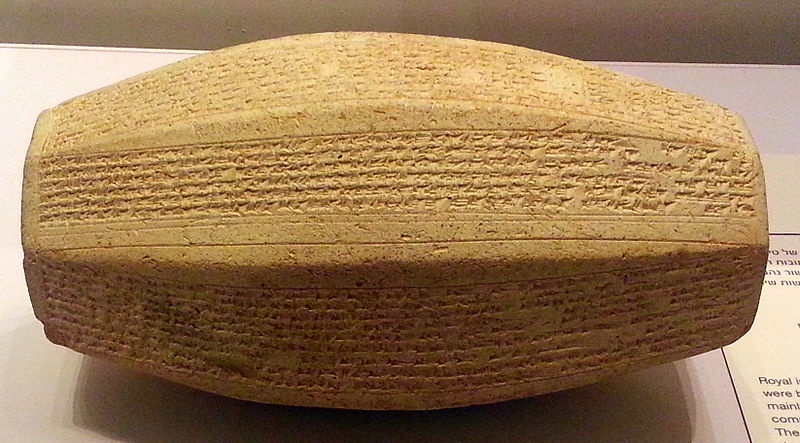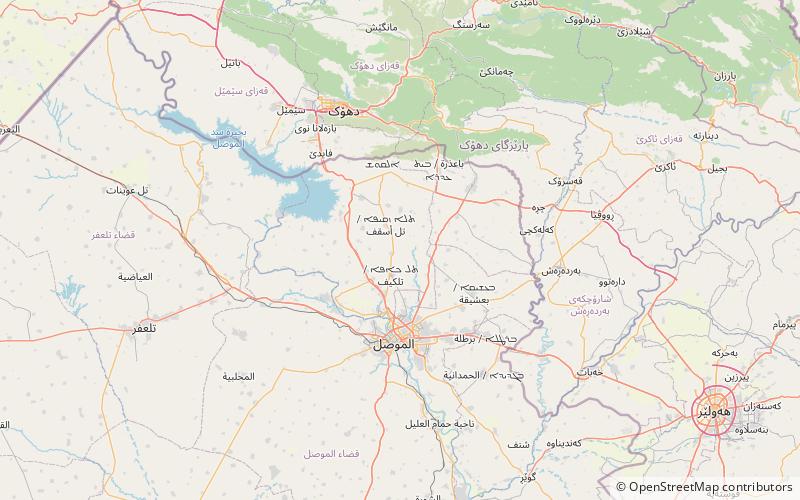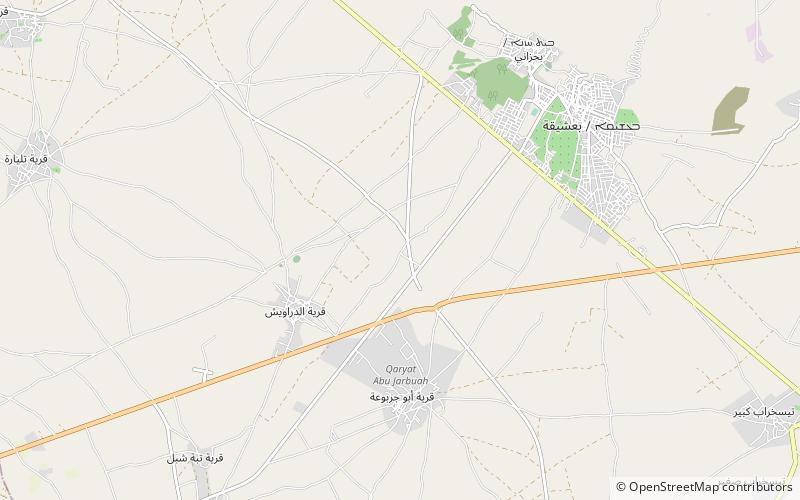Dur-Sharrukin


Facts and practical information
Dur-Sharrukin, located in present-day Iraq, stands as a testament to the grandeur of ancient Mesopotamian civilization. This archaeological site was once the capital of the Assyrian Empire under the rule of King Sargon II, who reigned from 722 to 705 BCE. The name Dur-Sharrukin translates to "Sargon's Fortress," and the city was conceived as a display of the king's might and divine mandate to rule.
The site encompasses a vast area with the remains of a ziggurat, palaces, temples, and city walls, all designed to reflect the power and organization of the Assyrian state. The city was meticulously planned and constructed, featuring a rectangular layout with a network of roads and residential quarters. The walls of the city were fortified with seven gates, each serving as a checkpoint and a symbol of Sargon's control over trade and military movements.
One of the most prominent features of Dur-Sharrukin is the palace of Sargon II, which was adorned with intricate stone reliefs depicting the king's military victories, hunting expeditions, and scenes of the gods granting him kingship. These artworks offer valuable insights into Assyrian art, culture, and religion.
Unfortunately, Dur-Sharrukin's time as a capital was short-lived. After Sargon II's death, his successor, Sennacherib, moved the capital to Nineveh, and Dur-Sharrukin was gradually abandoned. Despite this, the site remains a treasure trove for historians and archaeologists, providing a glimpse into the life and governance of one of the ancient world's most powerful empires.
Ninawa
Dur-Sharrukin – popular in the area (distance from the attraction)
Nearby attractions include: Mar Oraha Monastery, Tepe Gawra, Shibaniba.



